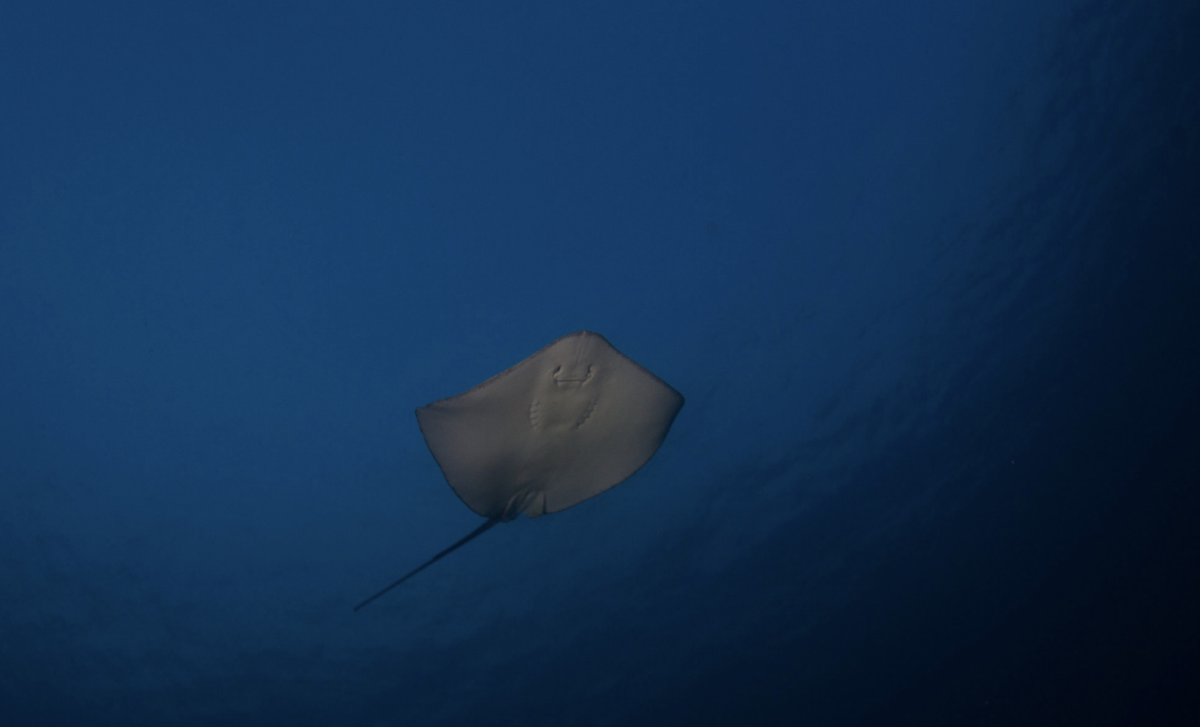“Avatar: The Way of Water” Fails to Adequately Address Colonialism
The Avatar sequel has been long-awaited by many movie fans. “Avatar: The Way of Water” covers many difficult topics, including infringement upon Indigenous peoples’ land, colonialism, imperialism, habitat destruction and cultural genocide.
“Avatar: The Way of Water” begins with main characters Jake Sully and Neytiri having formed a family and survived threats from humans. However, they are forced to flee when humans, or “sky people,” drive them from their home with the intent to kill their family. They escape the forests of Pandora and settle down with a distant water tribe, the Metkayina. Just as they are finding peace again, the humans chase them down, waging war on their family and, consequently, the Metkayina.
Additionally, the plot of the film involves the human generals taking the form of “Avatars” to survive on the moon of Pandora, an unjust act of becoming another race and then committing violence against its peoples. As stated by production designer Dylan Cole in an article for Polygon, the film was intended to be a “celebration of all indigenous cultures on Earth.” While this remains true for the Na’vi characters, the humans who take on the appearances of Avatars fail to respect the culture that they are impersonating.
The film also covers cultural genocide. After the first Avatar movie was released in 2009, there was intense backlash against cultural appropriation in the movie. A Polygon review states that the film repurposes Native cultures and imagery to perpetuate “old, tired noble-savage stereotypes.” In the sequel there continues to be controversy about cultural appropriation. According to a review from Roger Ebert, the way director James Cameron “co-opts elements of Indigenous culture could be considered problematic.”
“Avatar: The Way of Water” also touches on habitat destruction, imperialism and animal cruelty. When the humans’ ships first arrive on Indigenous lands, they scorch the surrounding forest, obliterating ancient trees and killing animals. Throughout the film, the human generals demonstrate their power over the Na’vi by killing peaceful and innocent animals, as well as threatening many Na’vi. The valuable resources on Pandora incentivize the humans’ exploitation of the area’s natural resources, and, in addition to habitat destruction, illegal hunting of animals for sport is a large part of the film. Tulkun whales, for example, are violently killed in the movie in order to harvest a small part of the enormous creature. This example of wasteful fishing alludes to the shark-finning that occurs in real life, with many commercial fishermen taking the fins of the shark and tossing the animal back into the water to die.
While “Avatar: The Way of Water” attempts to deal with challenging topics, it merely portrays violent actions and perpetuates stereotypes rather than proposing peaceful alternatives to imperialistic tendencies.
Your donation will support the student journalists of Sidwell Friends School. Your contribution will allow us to purchase equipment and cover our annual website hosting costs.






















































